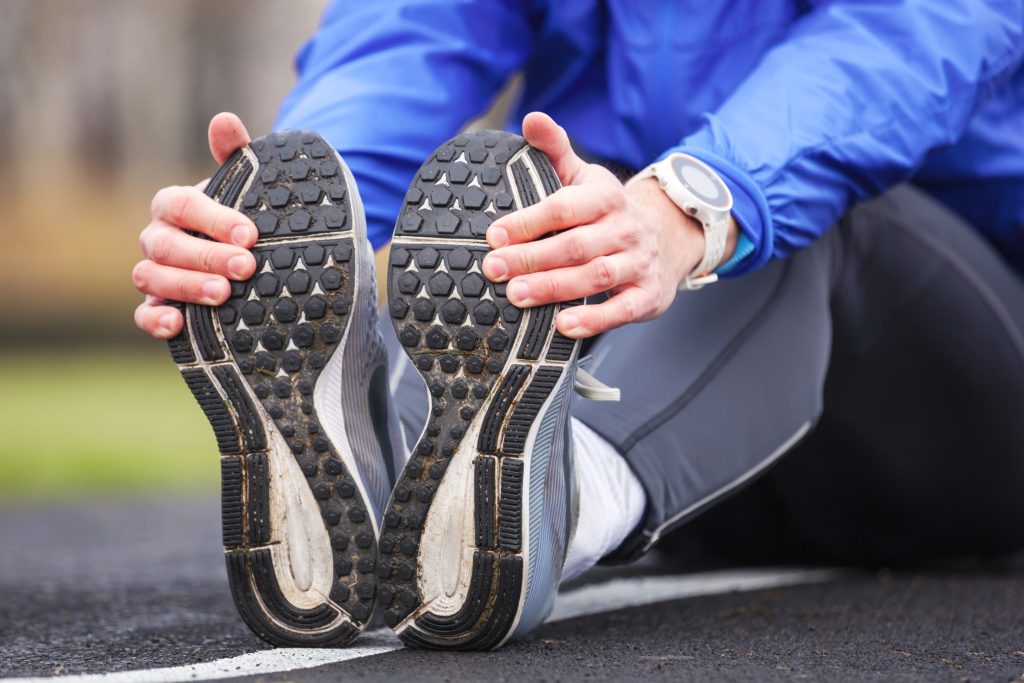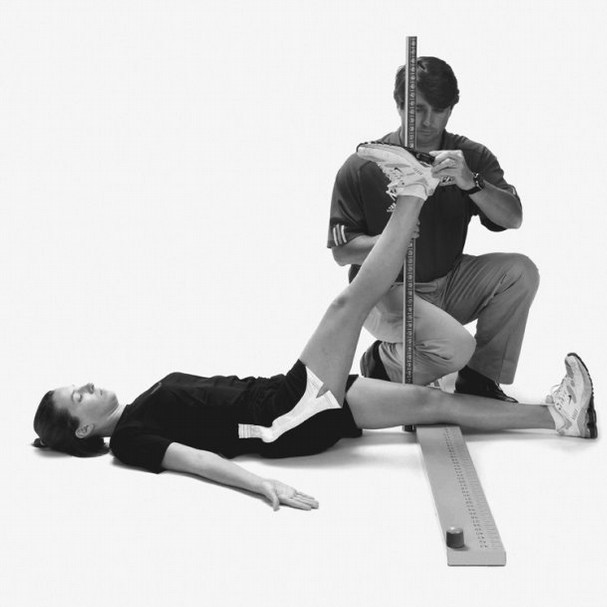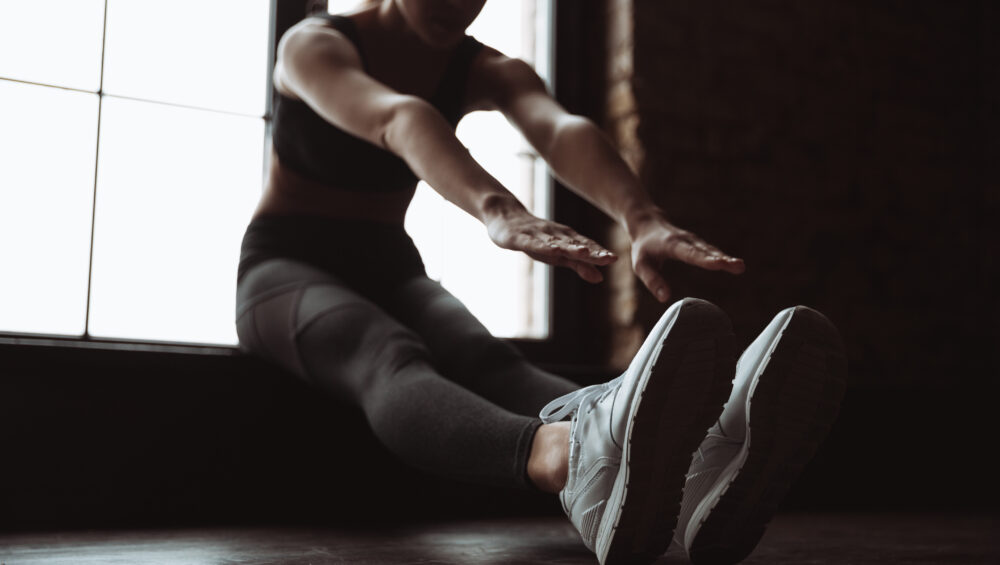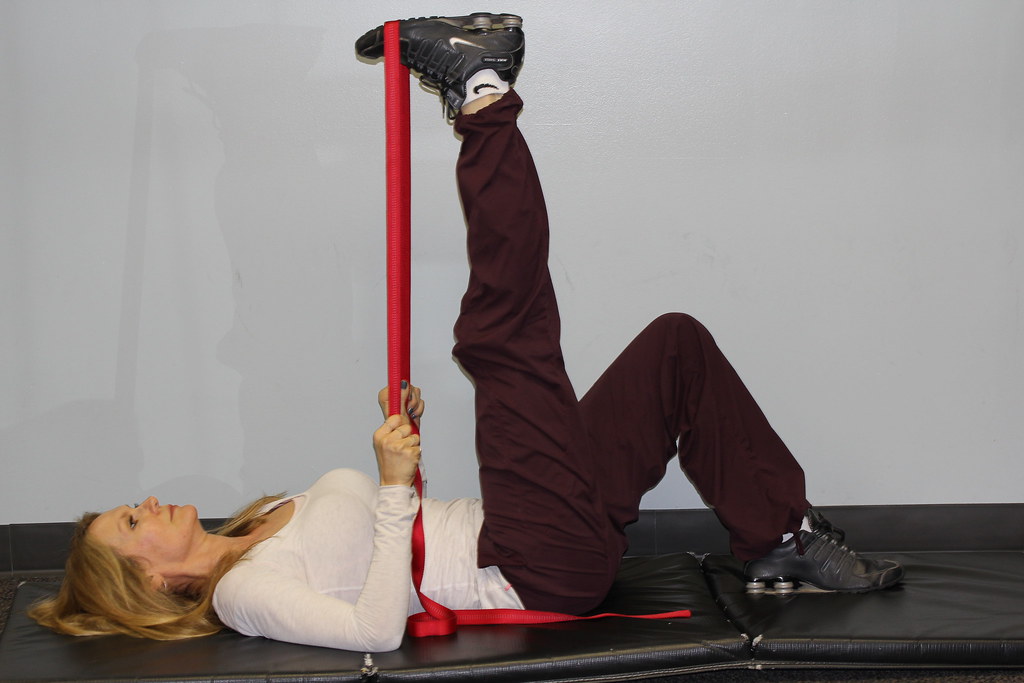Two weekends ago I was in London teaching a workshop with my friend Luke Worthington.
We had a group of 35 trainers from across the UK (and Europe) eager to learn more about assessment, program design, coaching up common strength movements, and how I rank the Bourne movies.1
One of the main umbrella themes we kept hammering home was that, contrary to popular belief, “tight” hamstrings isn’t really a thing.
Labelling the hamstrings as “tight” is often the default scapegoat and blamed for everything from butt wink to low back pain to male pattern baldness. So it wasn’t surprising to see the flabbergasted reactions from the majority of attendees when Luke and I kept repeating our message.
You would have thought Gandalf rode in on a Unicorn yelling “You shall not stretch the hamstrings!” based on people’s facial expressions.

Did Tony Just Say Tight Hamstrings Don’t Exist?
What’s next: Water isn’t wet? Grass isn’t green? Ryan Gosling’s gaze doesn’t penetrate my soul?
Listen, I’m as skeptical as they come whenever anyone in the health/fitness industry uses the words “everyone,” “always,” or “never.”
Those are three words, when used ad nauseam, immediately scream “shady motherfucker with an agenda,” whenever I hear them.
- It’s never the hamstrings. OR You should never eat past 7 pm.
- Always avoid gluten. OR If you’re serious about fat loss, always avoid carbs.
- Everyone must deadlift from the floor. OR Everyone who reads this site is clearly off the charts intelligent and attractive. (<— 100% true).
There are nevertheless exceptions to every rule and circumstance. I’d be remiss not to tip my hat at the notion there are, indeed, people out there who have legitimately tight (or, more to the point, anatomically short) hamstrings.
https://www.youtube.com/watch?v=a1Y73sPHKxw
That being said, I doubt you’re one of them.
I’m not going to sit here and say it’s never the case, but it’s such a rare occurrence that you’re more likely to win an arm wrestling match vs. a grizzly bear than actually having tight/short hamstrings.
Take butt wink for example.
The common culprit is tight hamstrings (photo on the right).

But if we were to discuss (and respect) basic anatomy we’d note the following:
- The hamstrings are a bi-articular muscle group that cross both the hip and knee joints.
- My pecs can cut diamonds.
- As we descend into deep(er) hip flexion – I.e., squat – the hamstrings lengthen on one end (hips) and shorten on the other (knee), for a net change of nada.
#itsnotthehamstrings.
But How Can We Tell?
It’s uncanny how many people I’ve interacted with in my career who describe having tight hamstrings, and after telling me they’ve been stretching them for 43 years (<— only a slight exaggeration), are still looking for that one magical stretch to cure them.
My first step is to plop him or her on an assessment table and ask them to perform a simple screen to ascertain whether or not they do, in fact, have tight hamstrings.
It’s called the Active Straight Leg Raise.

You lie the individual supine and ask them to slowly, while keeping one leg cemented to the table or floor, elevate the other off the table while keeping it as straight as possible. They keep going until they feel the first smidgeon of resistance (or you start to see compensations like the pelvis rotating, the foot rotating, and/or either knee start to flex).
An acceptable ROM is anywhere from 70-90 degrees of hip flexion.
A funny thing almost always happens.
Most people pass the screen with flying colors.
Me: “You don’t have tight hamstrings.”
Them: “The fuck outta here! You mean, there aren’t any other stretches I should be doing?”
Me: “Zero.”
Them: “Zero?”
Me: “Yep, zero.”
[Cue crickets chirping]
This finding doesn’t, however, dismiss the fact said person’s hamstrings still FEEL tight.
So, W……..T……….F?
Something is awry.
To peel back the onion a bit more I’ll then implement a brilliant trick I was reminded of by Ottawa based personal trainer, Elsbeth Vaino.
The Bridge Test
I’ll have the same individual perform a standard glute or hip bridge. They’ll get into position and then I’ll ask “where do you feel that?”
Many will immediately say “hamstrings.”
I’ll then have them perform a 1-Leg Glute Bridge and ask them to hold that position for 10-15 seconds.
Most don’t last five.
“YOWSA…..my hamstrings cramped up.”
Why?
The body’s #1 hip extensor is the glute max, and if it’s not doing it’s job well the body’s #2 hip extensor, the hamstrings, will pick up the slack.
In all likelihood, for most people most of the time, the hamstrings feel tight because 1) they’re overactive and doing double the work and/or 2) pelvic alignment needs to be addressed (more glutes and anterior core = more posterior pelvic tilt = hamstrings are put on slack).
NOTE: the latter point – hamstrings lengthened due to (excessive) anterior pelvic tilt – is why stretching them only feeds the issue. The tightness many feel is neural in nature, not because of true shortness. Stretching an already lengthened muscle only exacerbates things.
Something Else to Consider: Active End-Range Hip Flexion
To add another nail into the “it’s not the hamstrings” coffin I’ll also take a gander at one’s ability to move their hip into (active) end-range flexion.
This “trick” digs into some of Dr. Andreo Spina‘s work on Functional Range Conditioning (FRC) and is another splendid way to gently tell someone to stop stretching their hamstrings.
No diggidy, no doubt.
Final Word
The sensation of tight hamstrings is less about an anatomically short muscle which requires endless hours of static stretching, and more about improving:
- Position/alignment of the pelvis via nudging people into a little more posterior pelvic tilt by hammering glutes and anterior core.
- Active end-range hip flexion. Allow people to experience this position more often and good things will happen.
Stop…..stretching…..the…..hamstrings.






